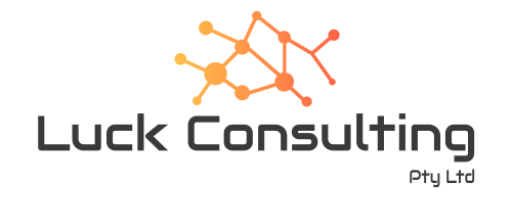In the past, open source Java projects were largely independently distributed, often with nothing more than a sourceforge site. In the past few years branded collections of projects have emerged. The best known is the Jakarta collection at Apache. Some others are http://opensymphony.com, http://codehaus.org, and http://opensource.thoughtworks.com . The new thing emerging is commercial support and packaging into distributions “stacks” of the most popular projects.
JBoss, SourceLabs, Spikesource, Gluecode (now IBM) and others are making money out of of supporting Java open source. What you see in each case is that they only support a narrow selection of open source projects that make it into in their distributions. That the distributions are “stacks” further clarifies that there is a narrow selection at each level – often only one. They tend to go with the sweet spot: a configuration where most of the users are. The effect of this selection in turn reinforces the popularity of the selected projects. Most users of Linux distributions or JBoss distributions stick to the projects included, because the work is done and it is easy. In the old days people would put their own together. I think we are seeing a similar change occurring in Java tools and libraries. An example of this in the Java space is http://jpackage.org/. I had an email just this weekend from someone asking about updating the ehcache packages there, because his company only used libraries that were in jpackage. I cooperated with him. As the method of distributing open source Java changes, individual projects need to support the new distribution approaches or suffer a decline in use. A lesson in what can happen once you get dropped by a distribution is the XFree86 project. It was the standard Linux X server, a windowing system, used on millions of machines worldwide. There was a disagreement over licensing last year. Within a few months Red Hat had dropped them in favour of the X.org project. I do not know of anyone who has bothered downloading and installing XFree86 who is using an X.org system. For those of us that write open source software, the main satisfaction is in having others use your code. The more people that use your code the greater the satisfaction. As a non-aligned open source contributor, I think there is a need to be aware of these changes in distribution to remain widely used.The changing face of open source distribution
By Greg Luck
As Terracotta’s CTO, Greg (@gregrluck) is entrusted with understanding market and technology forces and the business drivers that impact Terracotta’s product innovation and customer success. He helps shape company and technology strategy and designs many of the features in Terracotta’s products. Greg came to Terracotta on the acquisition of the popular caching project Ehcache which he founded in 2003. Prior to joining Terracotta, Greg served as Chief Architect at Australian online travel giant Wotif.com. He also served as a lead consultant for ThoughtWorks on accounts in the United States and Australia, was CIO at Virgin Blue, Tempo Services, Stamford Hotels and Resorts and Australian Resorts and spent seven years as a Chartered Accountant in KPMG’s small business and insolvency divisions. He is a regular speaker at conferences and contributor of articles to the technical press.
View all of Greg Luck's posts.